It’s fantastic to see the launch of the new FIFA 2026 World Cup mascots and their representation of the countries hosting. Maple the Moose from Canada, Zayu the Jaguar from Mexico and Clutch the Bald Eagle for the Unites States has made us reminisce over the different mascots we have seen over the years.
The FIFA World Cup has long been more than just a celebration of football – it’s a cultural phenomenon. Since 1966, mascots have been a vibrant part of that story. It all began with World Cup Willie, the first official World Cup mascot, introduced by England for the 1966 tournament. Willie, a lion dressed in a Union Jack jersey, symbolised the host nation’s identity – coincidently or not – marked the only year (so far!) the England men’s team took home the trophy. Willie was even cleverly remastered in 2010 for a World Cup Tour inside Wembley stadium.
Forward to 2019, the Women’s World Cup in France introduced us to Ettie, a young chicken and daughter of the iconic 1998 World Cup mascot, Footix. With her bright feathers and confident energy, Ettie reflected both France’s cultural heritage and the spirit of a new generation. She symbolised youth, fun, and empowerment—qualities that resonated with the tournament’s celebration of the women’s game. Between Willie’s debut and Ettie’s roaring success, mascots have reflected culture, wildlife and the spirit of their host nations for almost 60 years! And there’s no sign of it stopping!
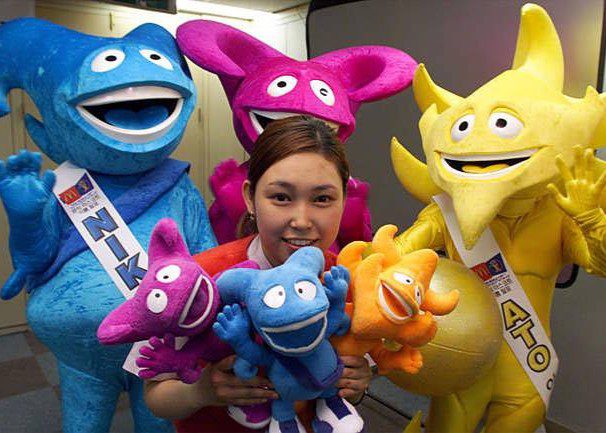
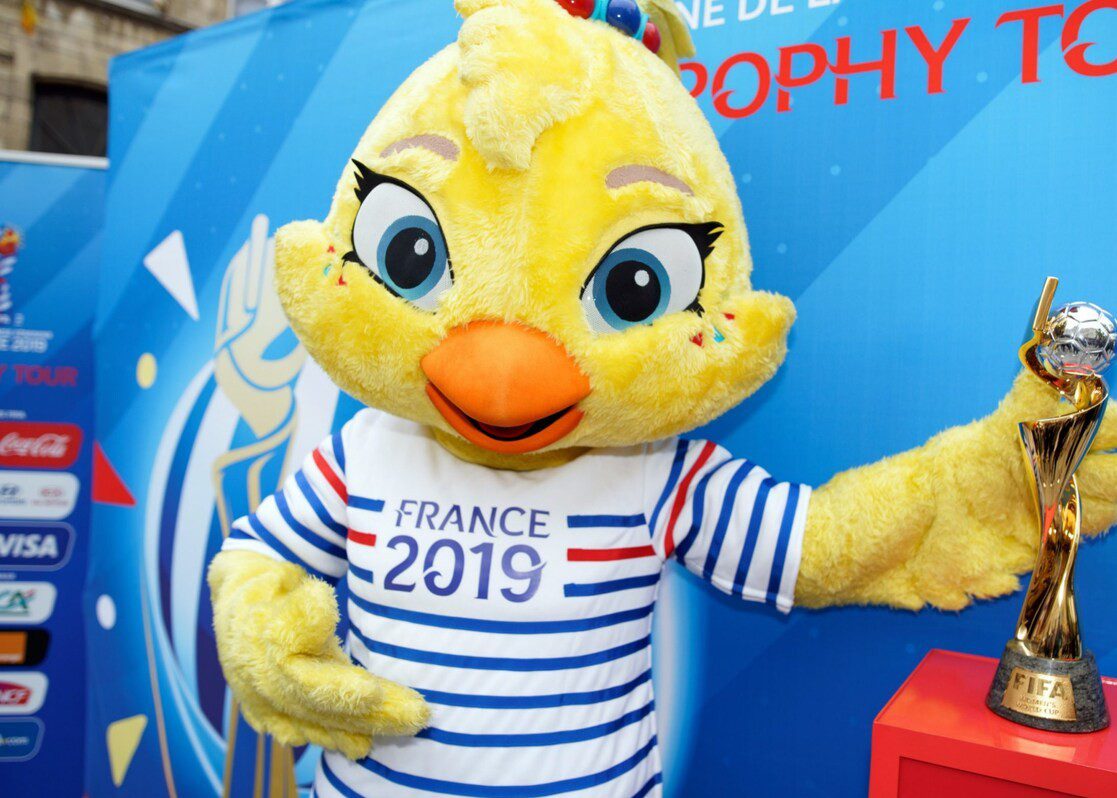
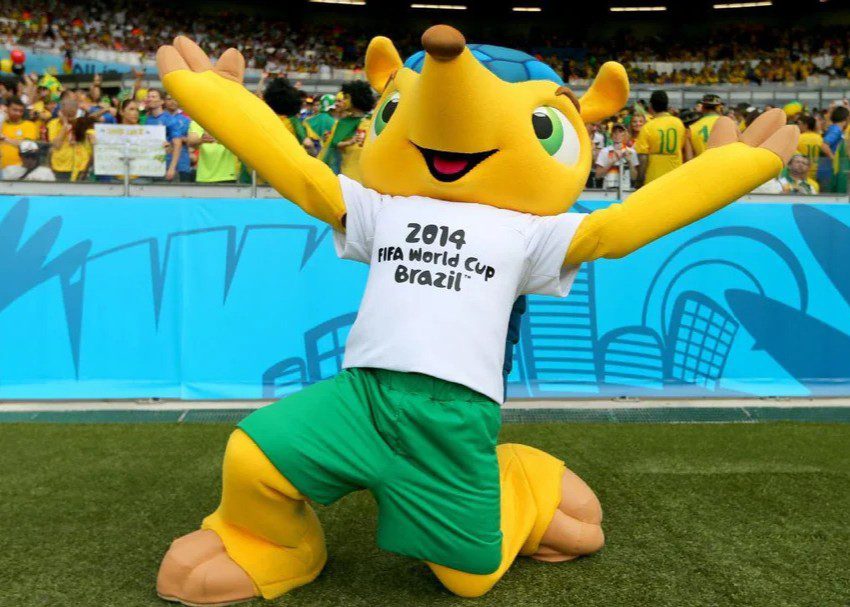
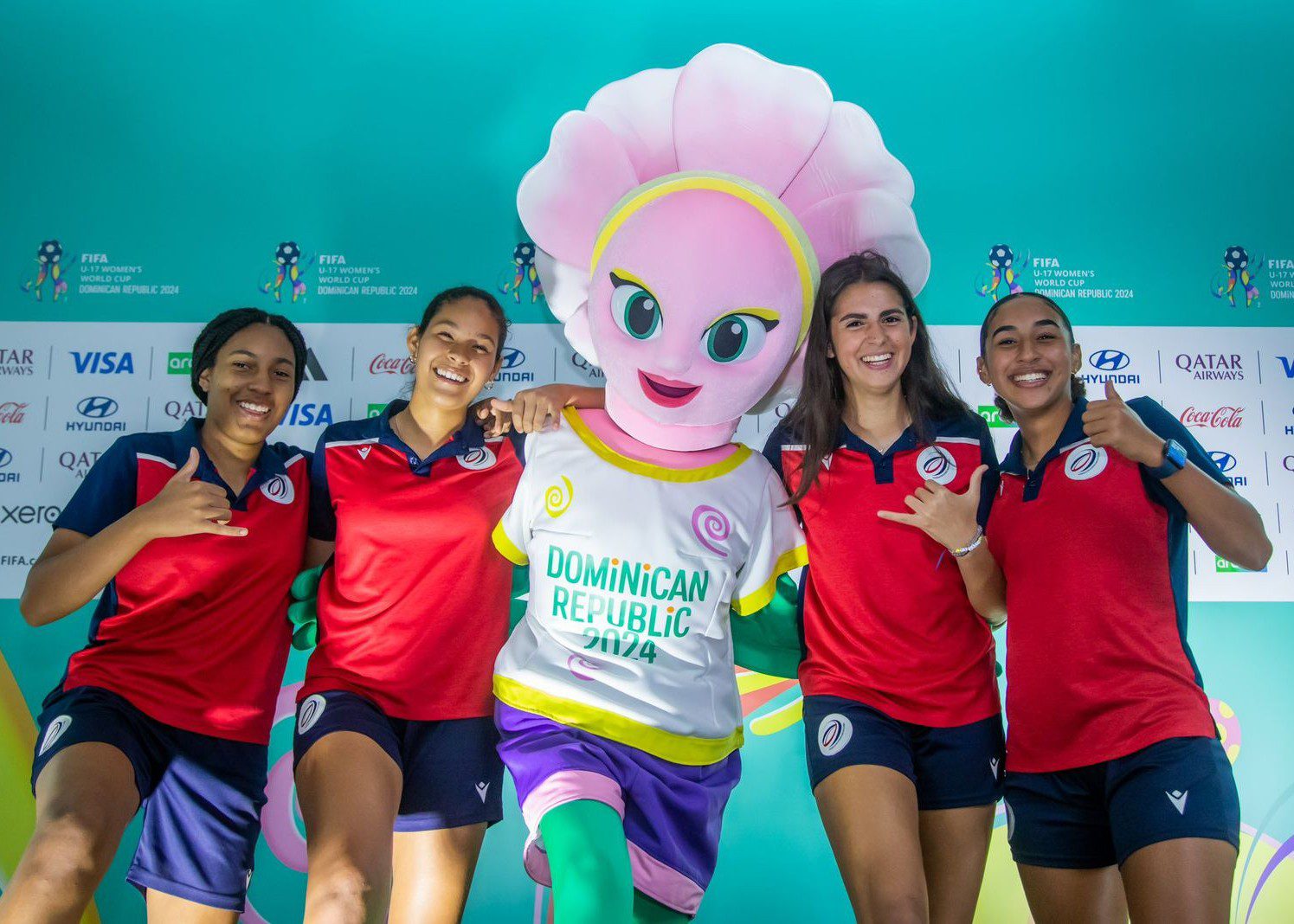
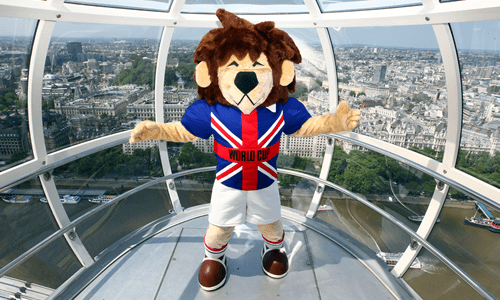
These mascots do more than add colour to the tournament – they become ambassadors of culture, connecting with younger audiences and opening doors to media, merchandise, and storytelling. As Brand Licensing Europe approaches next week, it’s a timely reminder of how characters like these can expand far beyond the pitch.
The tradition of mascots, in its earliest days started with live animals to embody team spirit. The mascot trend started in the USA before later moving over to the UK. Over time, these evolved into beloved characters, especially in the Premier League, where club mascots are now an integral part of matchday experiences and fan engagement.
Mascots are more than just game-day entertainment – they’re cultural icons that bring sport, storytelling and identity together in a single character.
Unit 3 & 4,
Greenlea Park
Prince Georges Road
London
SW19 2JD
UK